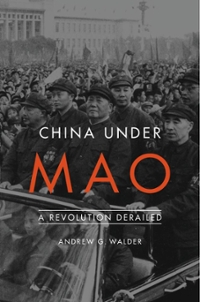Question
This question considers the relationship between the Indian rupee (Rs) and the euro (e). Let India be Home and the European Monetary Union be Foreign.
This question considers the relationship between the Indian rupee (Rs) and the euro (e). Let India be "Home" and the European Monetary Union be "Foreign". Let the exchange rate be defined as rupees per euro, ERs/e. Assume, for simplicity, that European money supply, M , liquidity preferences L , price level P , nominal and real interest rates, i and r , and output, Y , are fixed throughout at the same constant levels; for India, the real interest rate, r, and liquidity preferences, L, are fixed throughout at the same constant level. All other variables - M, P, Y , i, Ee , E - are assumed to be steady and at constant levels in the "old" and "new" long run, but not necessarily at the same level. Further assume that the Indian price level is fixed ("sticky") in the short run. Clearly label your graphs. On all graphs, label the initial equilibrium point A. Suppose that technological progress leads to a permanent increase in India's real output/income Y . (a) With the help of the appropriate equilibrium conditions for the money market and the foreign exchange market, describe (in complete sentences) how and why (or why not) India's nominal interest rate, iLR, its price level, PLR, and its spot exchange rate, ELR, change in the long run [short run and transition period analysis to follow in parts (c) and (e)]. [Note: Full credit will only be given if you use the appropriate equilibrium conditions combined with economic reasoning to describe what is going on here. There will be no (partial) credit for any diagrams here.]
Step by Step Solution
There are 3 Steps involved in it
Step: 1

Get Instant Access to Expert-Tailored Solutions
See step-by-step solutions with expert insights and AI powered tools for academic success
Step: 2

Step: 3

Ace Your Homework with AI
Get the answers you need in no time with our AI-driven, step-by-step assistance
Get Started


